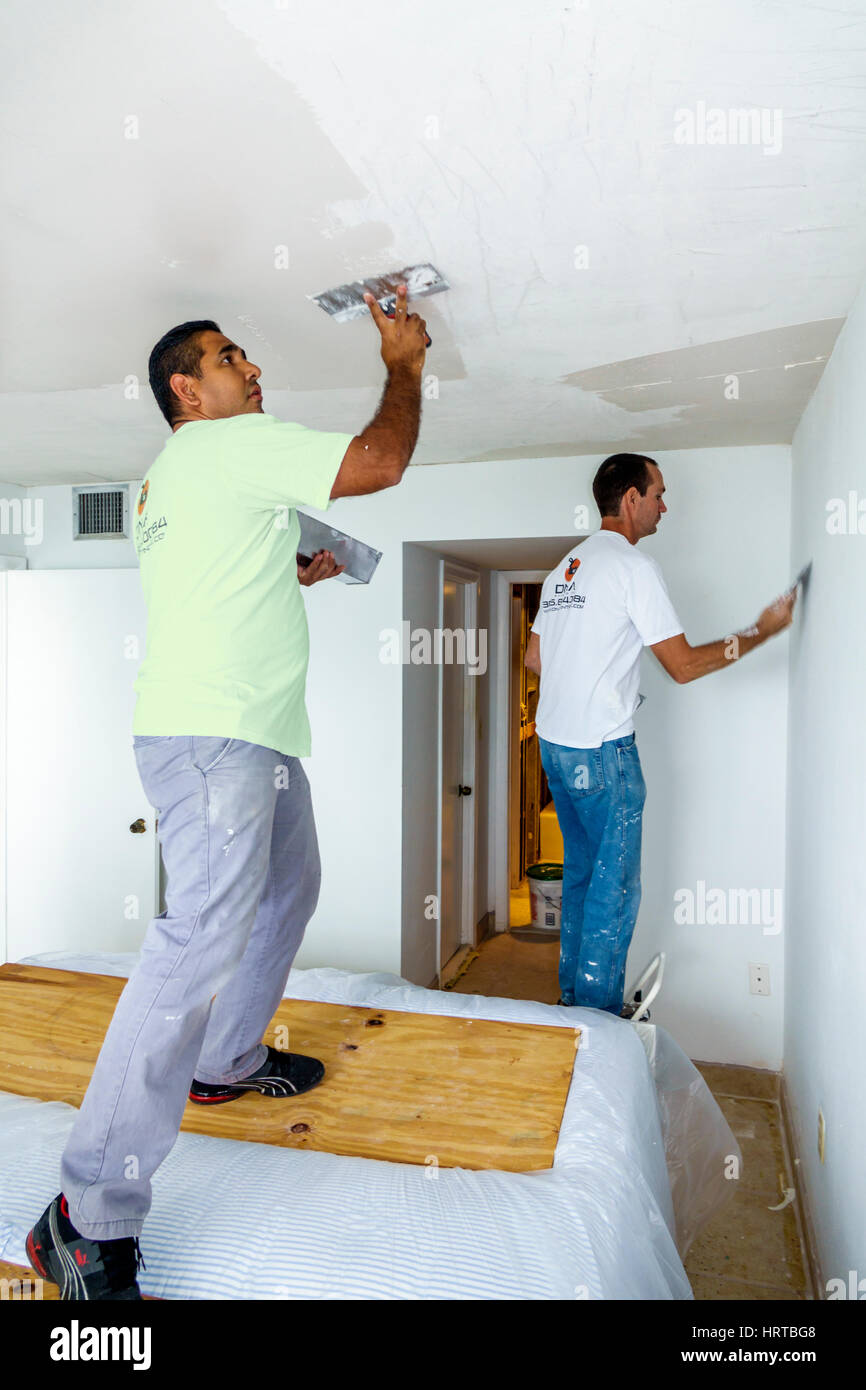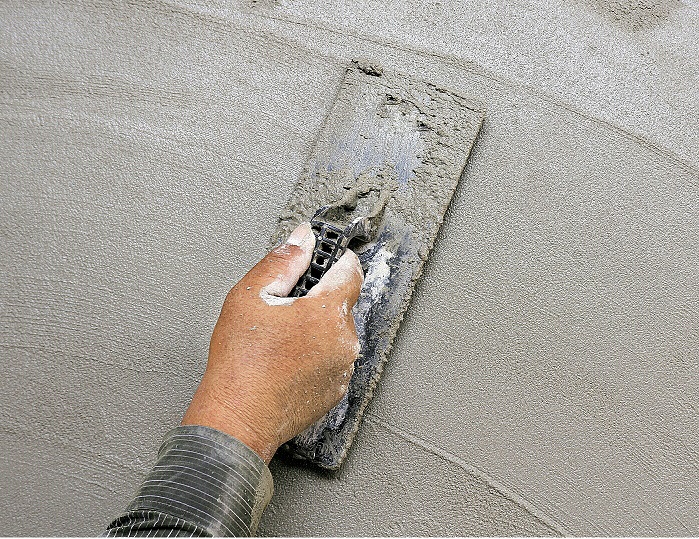Trick Tips and Equipment for Successful Plastering in your house Enhancement Endeavors
Accomplishing a perfect plaster surface in your home renovation tasks requires a blend of the right devices and tried and tested strategies. Important applies such as the hawk and trowel are important for efficient application, while correct surface area prep work lays the structure for success. Moreover, comprehending the subtleties of blending plaster and applying it in thin layers can dramatically impact the final result. As we discover these basic facets, it ends up being noticeable that avoiding usual mistakes can raise your plastering skills-- guaranteeing your following job not just fulfills yet goes beyond assumptions.
Essential Gluing Devices
The necessary tools include a selection of implements developed to facilitate the gluing procedure effectively and effectively. Key components include a hawk, which is a level, square tool made use of to hold the plaster while using it to surface areas.

Furthermore, a blending container is necessary for preparing plaster, making certain the ideal consistency before application (Plastering). With each other, these important plastering tools enable both specialists and DIY enthusiasts to attain high-quality outcomes in their gluing jobs.
Surface Prep Work Techniques
Correctly preparing the surface before gluing is critical for guaranteeing bond and attaining a flawless finish. The primary step entails cleaning up the surface to eliminate any type of dirt, oil, or old paint that may prevent the plaster's capability to bond successfully. An extensive clean with an ideal cleansing solution is suggested, followed by enabling the surface area and washing to completely dry completely.
Following, assess the surface area for any kind of cracks or blemishes. These need to be loaded with an ideal filler compound and allowed to cure according to the manufacturer's directions. For porous surface areas, using a primer is vital to enhance and create a consistent structure bond.
In addition, it is important to make certain that the surface area is stable and structurally sound. Any kind of loose materials, such as flaking paint or damaged drywall, need to be repaired or eliminated. Think about using a scrape coat to boost hold. if functioning with masonry surfaces.
Combining Plaster Like a Pro

Using a clean mixing container, put the water initially, after that gradually include the plaster powder while mixing continually - Plastering. This technique assists to avoid clumping and ensures an even distribution of products. A mechanical mixer can be beneficial, providing consistent results and conserving time. Go for a velvety, lump-free consistency that enables very easy spreading yet is thick enough to hold its shape without running.
When blended, enable the plaster to rest for a couple of minutes to allow the plaster crystals to moisten completely. This pause improves workability and reduces the threat of splitting during application. By adhering to these steps, you can blend plaster like a pro, establishing the foundation for an effective gluing project in your house enhancement endeavors.
Application Approaches for Smooth Finishes
With the plaster combination prepared to the optimal consistency, the following action entails selecting appropriate application click to read more methods to accomplish a smooth surface. The choice of application tools substantially affects the final appearance of the plastered surface. For ideal results, a stainless steel trowel is frequently advised. This device permits for a penalty, also distribution of plaster across the surface area while reducing trowel marks - Plastering.
Begin by applying a charitable amount of plaster to the surface area making use of the trowel, guaranteeing it adheres well. Employ a methodical strategy, functioning from the bottom upward. As soon as the first layer is used, utilize a sweeping movement to smooth the surface, applying even pressure. In areas that require more precise attention, think about utilizing a float, which can aid remove any kind of blemishes and produce an uniform appearance.
For see this site the last touches, a moist sponge can be made use of to improve the surface area better. Gently mist the plaster with water and gently scrub the surface to accomplish a polished impact. Always keep in mind to operate in little areas to maintain control over the application procedure, making sure a smooth, expert coating throughout your plastering project.
Typical Mistakes to Prevent
When embarking on a gluing task, avoiding typical blunders is critical for achieving a remarkable coating. One of the most widespread mistakes is overlooking surface prep work. Failing to clean and fix the substrate can lead to poor adhesion and irregular surfaces. Make sure that all dust, oil, and loosened products are removed prior to using plaster.
One more usual mistake is applying plaster as well thickly. Thick layers can split as they dry, endangering the integrity of the coating. Rather, select numerous slim layers, permitting each layer to completely dry entirely prior to applying the next.
Additionally, bad mixing methods can lead to inconsistent structure and investigate this site workability. Always comply with the producer's instructions for mixing ratios and thoroughly blend the plaster to achieve an uniform consistency.

Timing additionally plays a crucial function; plaster must be used while the substratum is wet to improve adhesion. Premium trowels and floats can make a substantial distinction in attaining a smooth surface.
Final Thought
Effective plastering needs an extensive understanding of essential tools and strategies. Mastery of these aspects not just adds to the visual appeal of a space however likewise makes certain sturdiness and long life in plastering jobs, making them indispensable to successful home enhancement undertakings.
A float is one more essential tool, which aids in leveling the plaster and accomplishing a consistent surface area.

By complying with these actions, you can blend plaster like a professional, establishing the structure for an effective smudging task in your home renovation undertakings.
Gently haze the plaster with water and delicately rub the surface to achieve a polished effect.
Comments on “Plastering Solutions for Smooth Walls: A Comprehensive Overview”